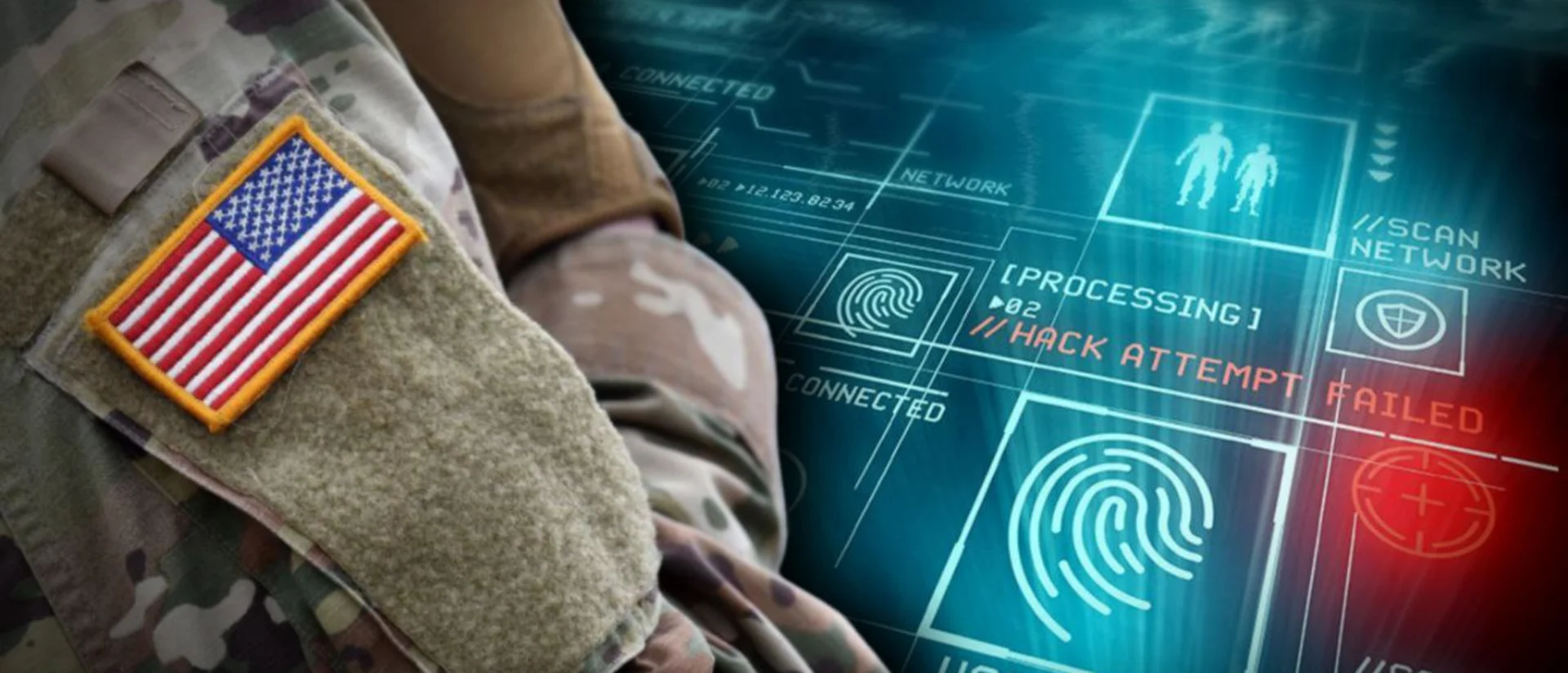by Matt Agorist, The Free Thought Project:

(Biometric Update) The U.S. Army recently completed field tests of its $28.3 million Next Generation Biometric Collection Capability (NXGBCC) hardware and software at Fort Leonard Wood, Missouri under the Fort Leonard Wood Soldier Touch Point (STP) initiative. The goal was to collect important feedback from soldiers on the effectiveness of the still in-development NXGBCC system. The soldiers completed tasks involving mobile biometric collection centered around a laptop for static operations.
TRUTH LIVES on at https://sgtreport.tv/
Expected to be fielded in 2025, NXGBCC will replace the Army’s Biometrics Automated Toolset-Army (BAT-A), which the Army says “is old and obsolete.”
This is the first time the Army is deploying a capability that is software-based, with added voice modality, and not tied to unique hardware that must be maintained. The Army says NXGBCC “is more integrated” with the U.S. Department of Defense’s (DOD) biometric enterprise and unified action partners.
The system was field-tested by the Army in late 2019 and was chosen for further development.
The Soldier Touch Point concept was created specifically to gather soldier input early in the development process to ensure that prototype designs meet the needs of soldiers operating on the frontlines. By providing direct feedback, both the Army and NXGBCC engineers can pinpoint failures in advance to produce the most efficient product possible. STPs like the one at Fort Leonard Wood provide a listening opportunity between engineers, product managers, and the people who employ the systems.
The U.S. Army Futures Command has said “soldier feedback is critical in shaping the future of U.S. Army technology.”
“People say that feedback is a gift and there is no better gift for a product office than direct feedback from the soldiers that will be using the equipment,” said Forrest Church, product manager for Biometrics Enabling Capability/Army PM DOD Biometrics, and former Acting Deputy Project Manager for U.S. Department of Defense Biometrics under the Program Executive Office for Intelligence, Electronic Warfare, and Sensors.
“Our opinion on whether NXGBCC meets their mission needs is not important. It’s their feedback that really matters,” Church emphasized, adding that the testing “was a major milestone for the program and a great opportunity to get invaluable soldier feedback.”
BAT-A is the current Army Program of Record for its tactical biometrics collection capability requirements and was originally developed as a quick reaction capability. Existing devices have been deployed in a combat zone for nearly 20 years, “well beyond the standard three to six years of useful electronic equipment life,” the Army said.
Specifically designed to be the Army’s forward biometrics collection and matching system, NXGBCC has been designed to support access control, identify persons of interest, and to provide biometric identities to detainee and intelligence systems. NXGBCC collects, matches, and stores biometric identities and is comprised of three components: a mobile collection kit, static collection kit, and a local trusted source. The local trusted source provides an additional analysis capability to assist in “decide and act” activities.
Read More @ TheFreeThoughtProject.com




